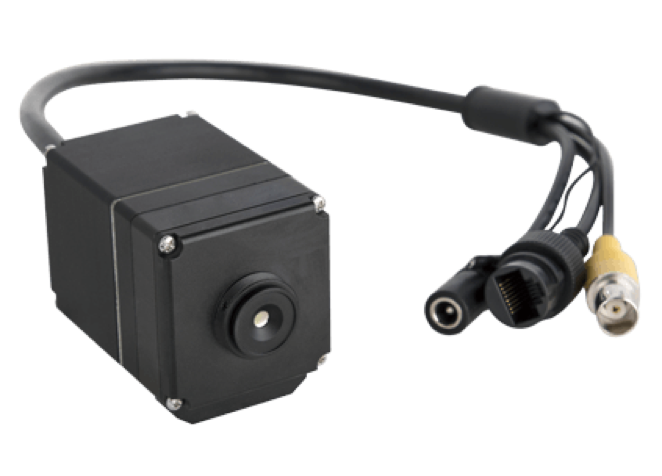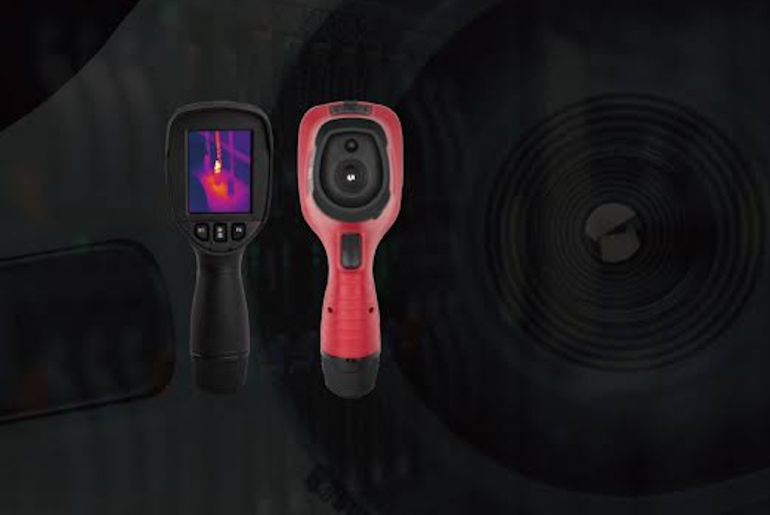Thermal imaging cameras are not born equal – some are simply hotter than others.
All joking aside, though, making the right choice of industrial thermal camera can spell the difference in your data collection processes. Before you get on the market for another, here are some things to consider.

1. Temperature Range
Different industries have diverse pieces of equipment running at different temperatures. Likewise, industrial thermal imaging cameras are built in such a way that they have a lower and upper boundary for the temperatures they measure.
Thus, look at the temperature profile for your hottest piece of machinery – or the one with the tendency to get hottest – and decide on options based on that.
2. Image Rendering
The primary aim of these industrial infrared cameras is obtaining a temperature profile around certain objects, setups and pieces of equipment in the industry. However, that does not mean they should not be able to capture visual images too.
Besides the thermal imaging capabilities, you should also look for those options that can render live images side-by-side.
Visual imaging helps in better reporting findings as they provide a deeper context and better representation of what is being profiled than if a thermal image was the only thing available.
3. Durability
Thermal cameras are required to measure some of the highest temperature ranges without having to get personally close to the equipment.
Most times, they are permanently installed on the field for continuous reporting to the control room. That exposes them to the outdoors – and means they must come with a good deal of protection.
A great way to know how durable a unit will be is by checking the IP rating. This indicates how protected the camera is from powdery substances (such as dust) and liquid (like rainwater). As a benchmark, don’t settle for anything less than an IP54 rating for better durability in open field conditions.
4. Accuracy
It needs no telling that anything used for measurement of any kind should be highly accurate. Afterall, data obtained from it will most likely be used to make important decisions.
The industry standard for accuracy in thermal imaging cameras is ±2% or ±2ºC – depending on the mode of measurement.
Anything at that level or better is recommended.
5. Resolution
Remember the point above on how a great industrial infrared camera should be able to render images in visual and thermal forms too? Well, the visual form won’t mean much if the image is of low resolution.
While we are not saying that you should aim for the same kind of image quality you would get on DSLR cameras, the camera resolution should be such that images are not too pixilated that they affect discernibility.
Making the Right Pick

Combining all of the above, your choice has been narrowed down from the barrage of industrial thermal imagers out there to the quality ones.
This brings the DM10 Thermal Imaging Camera to mind. For advanced users, the DM20 Network Temperature Measurement Module will be an ideal pick.
Offering all of accuracy and repeatability, coming with some of the best resolutions on the market and still being functional, the reason for these choices is not far-fetched.

